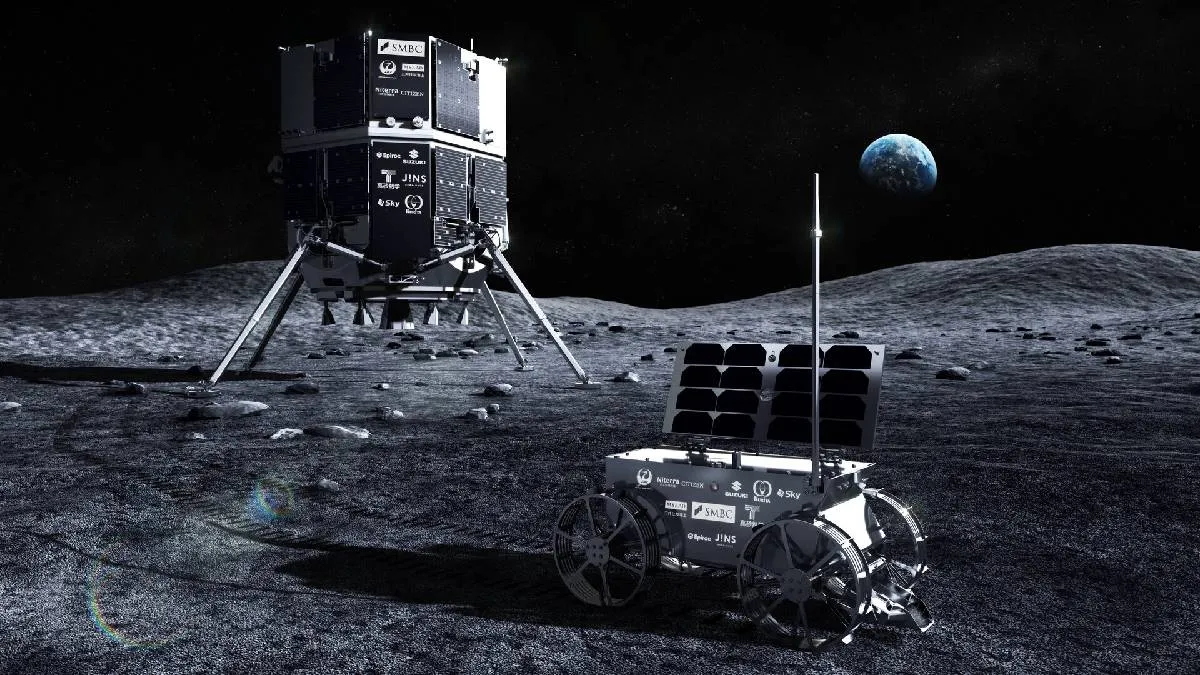Japanese Company Attributes Second Moon Crash to Faulty Laser Altimeter
By Roy J. Miles

In a major setback for Japan’s private space ambitions, a Tokyo-based aerospace startup has confirmed that its second attempt to land a spacecraft on the Moon failed due to a critical malfunction in its laser altimeter system. The failure occurred when the laser-based sensor misread the spacecraft’s altitude, causing a miscalculated descent and a high-speed impact instead of a soft landing. The same company had previously failed a 2023 landing attempt, and despite hardware and software upgrades, this second crash raises concerns over their engineering reliability. The mission was carrying customer payloads and international instruments, all of which were lost. Analysts warn that repeated descent-related issues could damage investor confidence, though such failures are not uncommon in early lunar exploration. The crash underscores the complexity of soft lunar landings, which demand precise altitude sensing and flawless integration of multiple subsystems under extreme conditions. While Japan’s national space agency JAXA expressed support for continued private efforts, the incident adds to global concerns about the rapid commercialization of lunar missions. The company has pledged a thorough investigation and announced work on a next-generation lander with improved sensors and redundant systems to avoid single-point failures. Despite reputational damage, the firm remains committed to developing regular lunar delivery services and a sustainable Moon economy. Industry observers compare the trajectory to early SpaceX failures, emphasizing that persistence and learning are key in space exploration. The company now faces pressure to regain trust from investors, regulators, and payload customers, while reaffirming Japan’s broader goal of playing a leading role in the new era of commercial lunar activity.